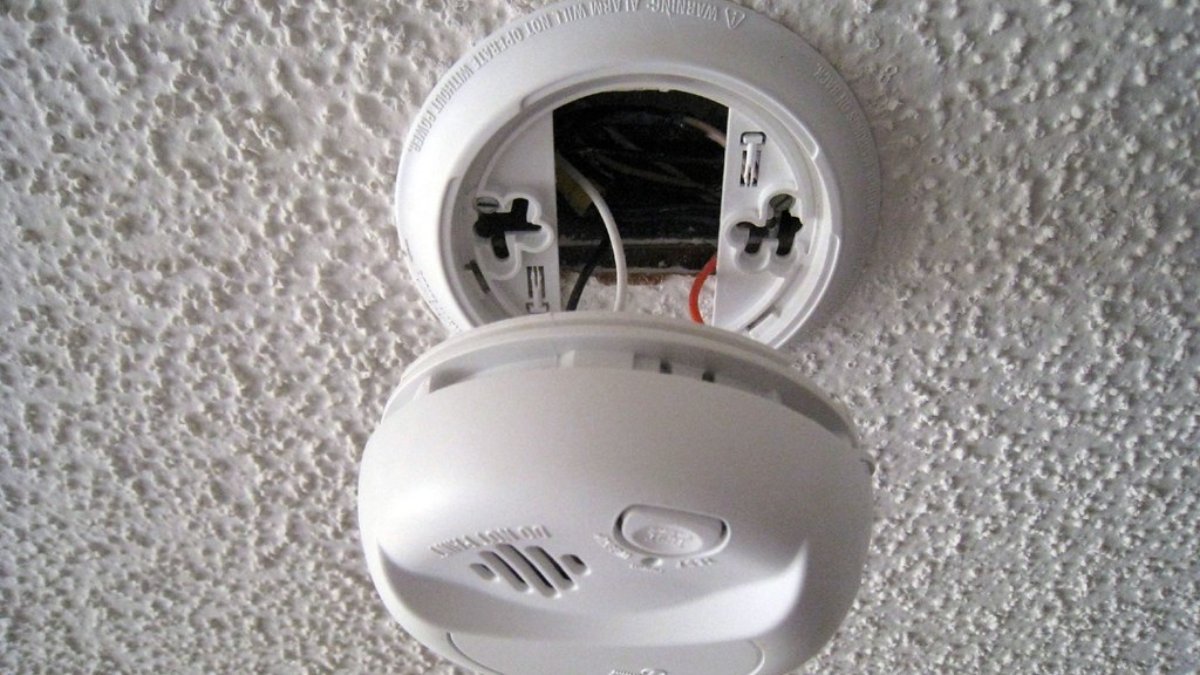
Taking a look inside the process of fire safety management, we have a quote from Gemma Forbes-Pepitone, a research graduate working at the Building Research Establishment (BRE).
She states ‘during my time working at BRE I have learnt how research into fire can saves lives and protect property. I work closely with my line manager Raman Chagger, an applied research scientist, who has led a number of research studies. One of them investigated the response of smoke detectors to smoke generated by the burning or smouldering of materials found in modern buildings such as plastics and flame-retardant foams. During this study, 12 approved smoke detectors were exposed to 29 test-fires fueled by a variety of materials, in flaming and smouldering conditions. It was found that the detectors responded appropriately to a broad range of fires.’
Conducting research and experiments into fire safety key to increasing resilience to disasters and checking the reliability of safety equipment like alarms and smoke detectors is just one way in which preventative measures can be put in place to stop emergencies before they happen. Evaluating and predicting risk is an essential research topic that needs widespread support from funding and collaborations alike.
‘The findings from the research work are followed up with interested parties to ensure that they have the greatest impact. A key aspect of fire prevention is public awareness of the causes of fire and the most appropriate fire detector for certain fire types. Therefore, the findings from the research are freely available to the public and could aid in the reduction of fires.’
Through education and awareness, resilience and disaster management can become widespread, not only through organizations but also through households and individuals. It is important when dealing with emergencies that each person has a responsibility towards their own safety, and the safety of others. And with research like the BRE, we are working towards making that more accessible in the future.
To find more information (including videos of the research work) about the study mentioned above and other fire safety related research please refer to https://www.bregroup.com/firesafetyresearch